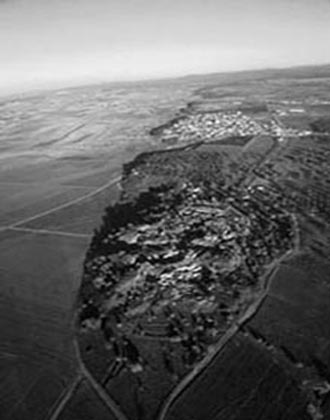The Trojan War (34 page)
Authors: Barry Strauss

Myrmidons in
Patroclus's attack in
sights and sounds of
speeches and orders in
Troy:
archeological evidence of
in Bronze Age
citadel (Pergamos) of
coalition formed by
fortifications of
as fortress
gates of
geographic location of
Helen's and Paris's flight to
Hittite alliance with
language of
Mycenaean influence on
navy lacked by
Northeast Bastion of
population of
reconstruction of
refugees from
sack of
seal of
“siege” of
status of horses in
urban plan of
walls of
see
walls, Greek assault on
warfare style of
women of
Zeus in pantheon of
Tudhaliya IV, King of the Hittites
Tukulti-Ninurta, King of Assyria
Tutankhamun, Pharaoh of Egypt
Tydeus
Tyndareus, King of Sparta
Ukraine
Ulu Burun shipwreck
Ur, siege of
Vergil
walls, Greek assault on
failure of
Greek leaders in
noise of
parley mission and
scaling of walls in
strategic options in
Trojan defenses in
Walmu, King of Troy
warfare
see
Bronze Age warfare
Wenamun
Wilusa, Kingdom of
Troy
women
captive
Hittite
in sack of Troy
Trojan
as warriors
writing systems
Xerxes, Emperor of Persia
Yashmah-Addu, Prince of Ekallatum
Zannanza, Prince of the Hittites
Zeleia
Zeus
Zimri-Lin, King of Mari
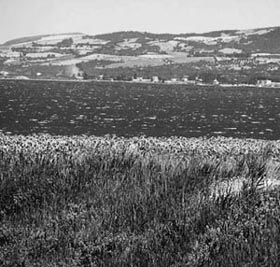
THE WINDY DARDANELLES.
The north wind whips up whitecaps on the water in summer. The Gallipoli Peninsula is in the foreground and the Asian shore lies across the straits.
(Barry Strauss)
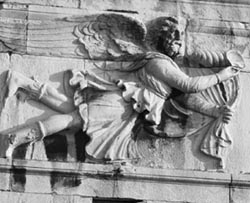
BOREAS.
The north wind is personified as a powerful man, winged, flying, and blowing through a shell, in this sculptured relief on the Tower of the Winds in Athens (150â125
B.C.
).
(Barry Strauss)
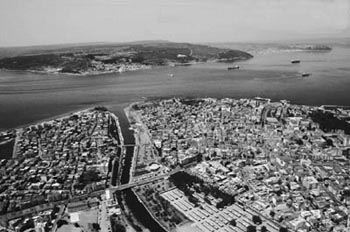
THE NARROWS.
At Ãanakkale (foreground), north of Troy, the Dardanelles narrow to a width of less than a mile. In the center the Koca River (Rhodius in Homer) flows into the straits; the Gallipoli Peninsula stretches on the far shore.
(Murat Kiray)
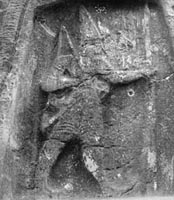
KARABEL RELIEF.
Carved on a cliff about 200 miles south of Troy, this Late Bronze Age sculpture shows a warrior, possibly a king, armed with bow and spear. Might the Trojan prince Paris have dressed like this?
(Sevim Karabiyik Tokta)
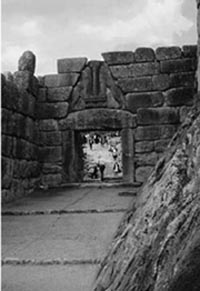
MYCENAE.
With its huge blocks and sculpted lions (or lionesses) the Lion Gate of the citadel symbolizes power. Soldiers manning the walls above would have hemmed in attackers on three sides.
(Barry Strauss)
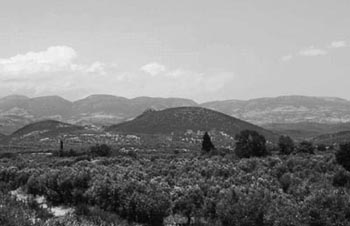
PHTHIA.
The olive groves that fill the plain illustrate the fertility of the supposed homeland of Achilles.
(Barry Strauss)
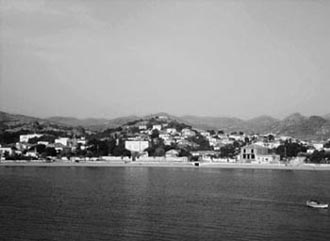
LEMNOS.
The harbor of Mirina, the island's capital, lies on the west coast of Lemnos, near the site of the ancient city of Myrina.
(Barry Strauss)
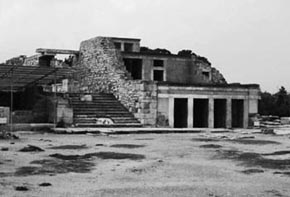
KNOSSOS.
After the Mycenaean Greeks conquered Crete in the 1400s
B.C.
, they ruled this palace, whose throne room complex (reconstructed) and central court are shown here.
(Barry Strauss)
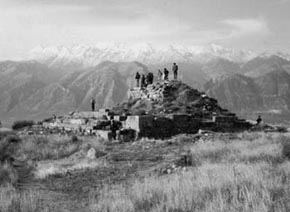
LACEDAEMON.
The Menelaion, or shrine to Menelaus and Helen, stands on a hill east of the valley of Lacedaemon. In the distance, snow-covered Mount Taygetos rises.
(Barry Strauss)
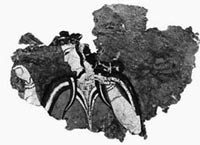
MYCENAEAN WOMAN.
Fragment of a fresco from a house in Mycenae, 1200s
B.C.
(National Archaeological Museum, Athens/Hellenic Republic, Ministry of Culture)
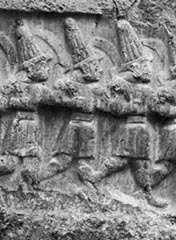
HITTITE GODS.
This sculptured relief, carved on the side of a cliff near Hattusha, is a detail of a larger work. Note the figures' conical hats and sickle-shaped swords.
(Barry Strauss)
